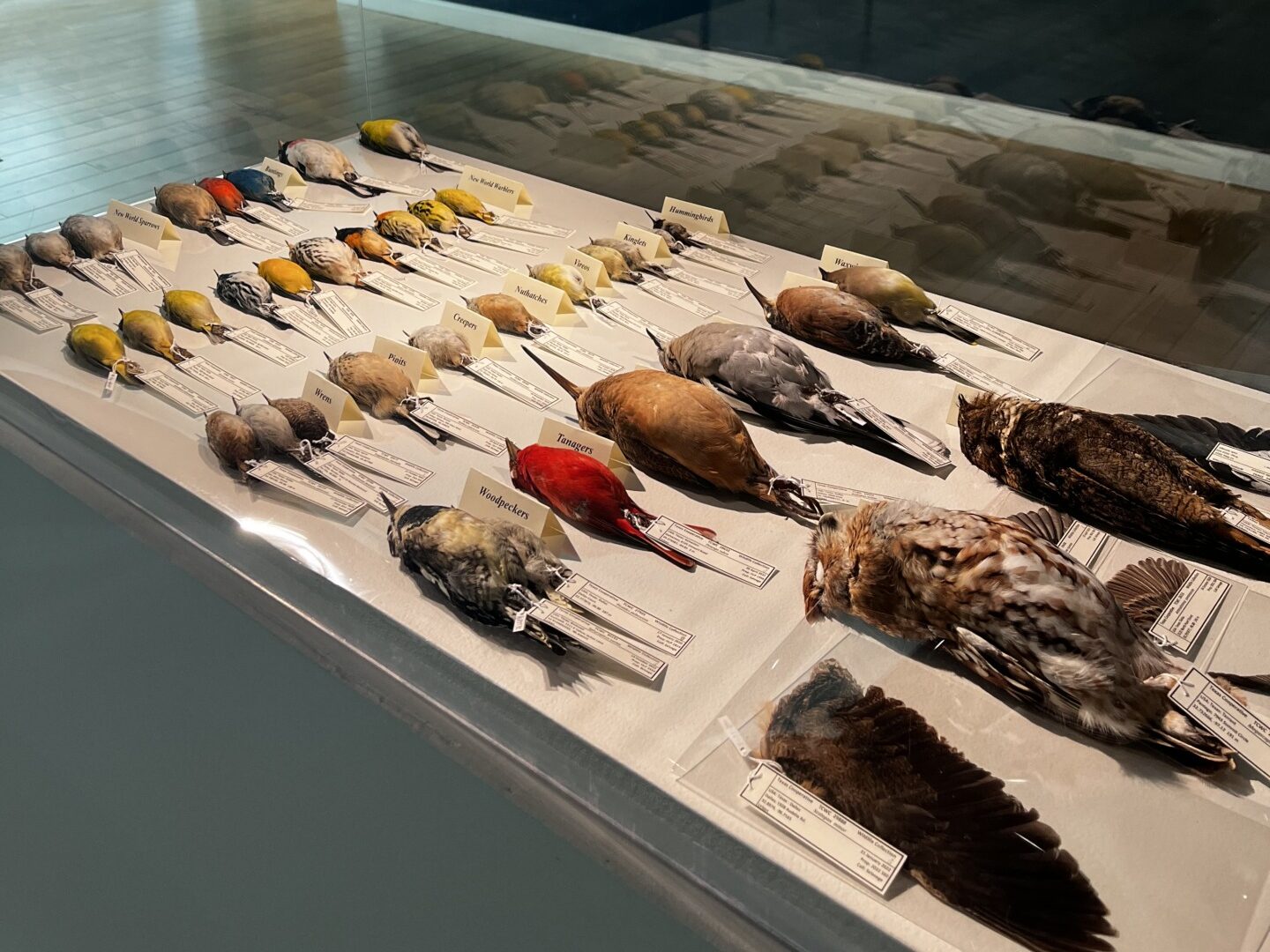Lights Out, Texas! is helping keep the stars at night big and bright
By reducing light pollution, Texans can help migrating birds find their homes

The stars at night do not just shine big and bright for humans here in Texas; they are also a vital tool for navigating migratory paths for almost two billion birds across North America. However, our feathered friends face a new challenge as they travel back to their homes and breeding grounds – light pollution that leads to building strikes.
Migratory species traveling long distances face the most challenges, especially when traveling over or near large cities where light pollution is most common. An estimated 1 billion birds are lost to collisions with buildings and structures, according to a study in Annual Reviews.
Bird populations in the U.S. were already in alarming decline. Since the 1970s, various threats to the U.S. bird population have led to the loss of one in every four birds, according to a study published in Science.
Lights Out, Texas!, an initiative that seeks to enlist Texans to curb bird losses to building strikes during spring and fall migrations, hopes to reverse those trends.
“Light pollution can cause birds to become disoriented and attracted to our urban centers where they encounter one of their top enemies, glass. Because birds see differently than we do, they can’t detect the glass and often fatally collide with it,” said Heather L. Prestridge, curator at the Biodiversity Research and Teaching Collections in the Department of Ecology and Conservation Biology at the Texas A&M College of Agriculture and Life Sciences.
Do your part by participating in Lights Out, Texas!

Lights Out, Texas! is supported by conservation experts at Texas A&M. It is a statewide campaign to inform Texans about strategies for protecting the birds that migrate through our state annually. Participation is as easy as turning off a light switch.
By turning off nonessential lighting during peak migration periods, experts behind the Lights Out, Texas! campaign hope to significantly reduce light pollution-related bird deaths. If you are interested in helping this initiative, experts suggest turning off all nonessential lights from 11 p.m. to 6 a.m. each night during the migration season – now through Nov. 20.
Limiting light pollution helps the more than 300 species of birds on their migratory pathway through Texas. Lights Out, Texas! hopes to inspire action from Texans across the state to significantly reduce their light usage to protect birds. Eliminating light pollution is impactful not only for migratory birds but also for Texans. Allowing the stars over Texas to be the only source of light at night serves the environment and is a reminder of the natural beauty for the entire state.
Although Lights Out, Texas! was first established to focus on urban communities, Prestridge emphasized the importance of all areas being aware of the significance of dark skies. For those who use lights during dark hours for safety measures, Prestridge maintained that “there are some cases where lighting is necessary for safety and security. In those situations, our collective recommends using responsible outdoor lighting practices.”
“Every switch counts,” said Prestridge.
Exhibit highlights need for Lights Out, Texas!

As a part of this campaign, Lights Out, Texas! is currently displaying an exhibit at Texas A&M University’s Memorial Student Center. This exhibit is designed to educate the public about the importance of the Lights Out, Texas! initiative and the two main bird migration periods: Aug. 15-Nov. 20 and March 1-June 15.
“With this exhibit, we hope to educate about the initiative, but also educate the public about birds in general and the role that a modern natural history collection plays in providing essential specimens for researchers across the university and beyond,” said Prestridge.
Lights Out, Texas! serves as a connection point between Texans and the educational and awareness-based materials that can inspire action to protect native Texas birds. Until Sept. 13, the free exhibit for all ages will provide a stimulating and educational look into bird migrations.
“This exhibit was created by students, faculty and staff affiliated with the Biodiversity Research and Teaching Collections alongside local artists and art educators,” Prestridge said. “We are using this initiative to allow our students to engage with researchers and curators on numerous projects.”
Contributors to the visual components of the exhibit include:
- Keith Andringa, Ph.D. candidate in the ecology and evolutionary biology program in the Department of Ecology and Conservation Biology.
- LeAnn Hale, artist and art educator.
- Wendy Wright, artist.
- Skyler Nix, undergraduate student in the Department of Ecology and Conservation Biology.
- Mary Compton, program manager and advisor for the MSC Visual Arts Committee.
- Tate Brightwell, sales representative for FastSigns.


